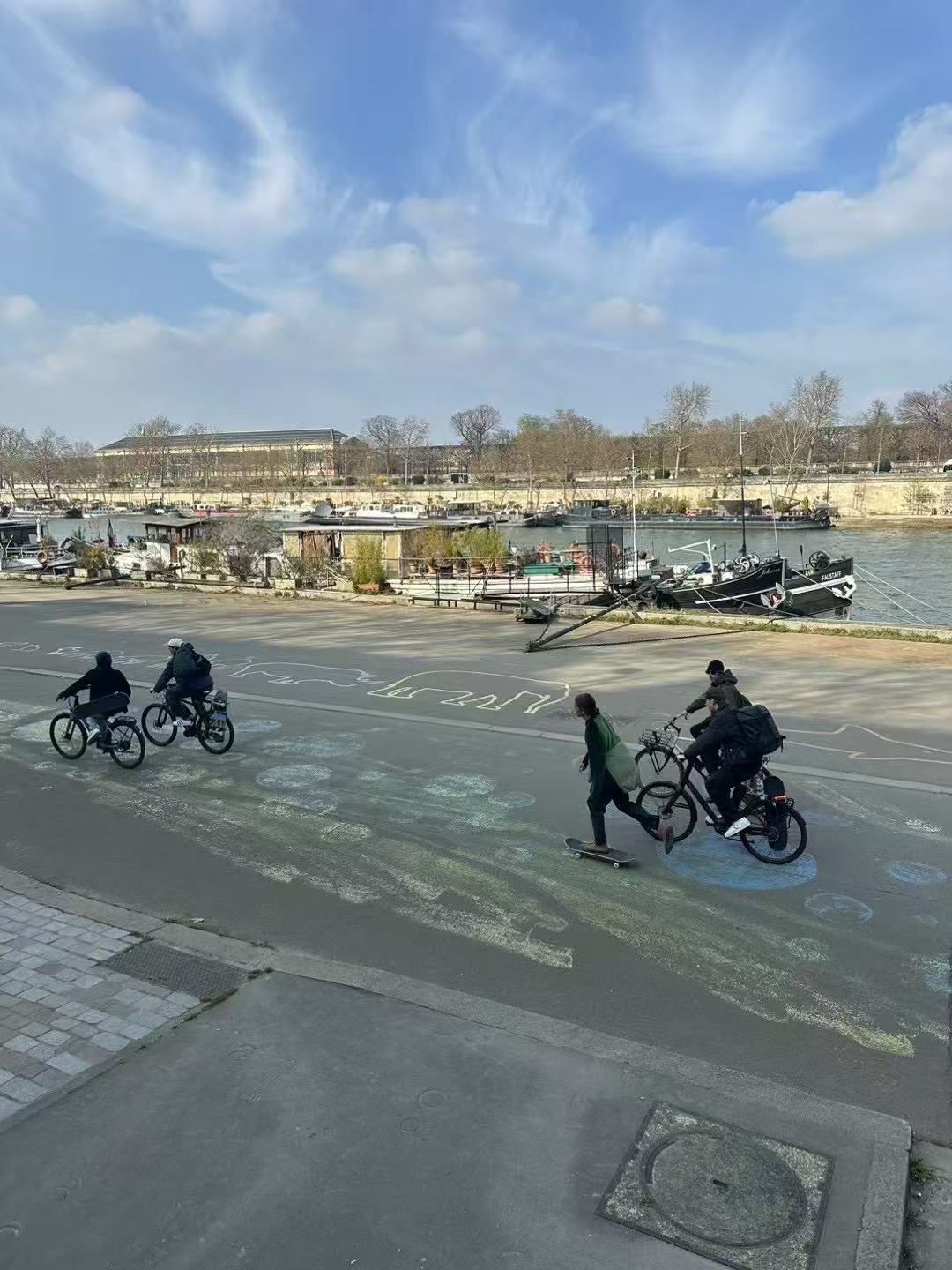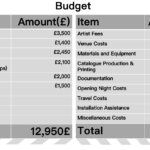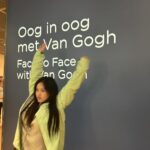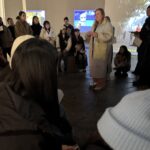Location: On a bridge over the Seine River in Paris
The Curator (C) and a sharp-tongued Visitor (A) stand on a bridge overlooking the Seine. Light rain falls, and the river flows calmly beneath them. The hustle and bustle of Paris can be heard in the background. The conversation begins as C, preparing for the upcoming exhibition, reflects on their work. A approaches, ready to challenge C’s ideas.
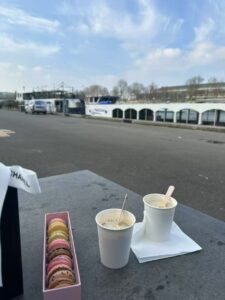
A: You know, I was reading your exhibition materials, and I couldn’t help but think, “Intimacy” and “time-based media”—those themes seem to be everywhere right now. It feels like everyone’s doing the same thing. Don’t you think that’s a bit too mainstream at this point? Do you really think you can offer something fresh with these themes?
C: You’re not wrong. “Intimacy” is indeed a popular theme, but that’s exactly why it’s worth exploring. It allows us to dive deep into the complexities of human connection, especially in this digital age where everything feels more complicated. I’m not just repeating what others are doing; I’m trying to engage with it in a way that reflects today’s challenges, with interactive installations and technology that bring a sense of urgency and relevance to the subject.
A: Sure, but when I look at your “Expired Memory Server” section, where the audience records their voice and it becomes noise before disappearing, I can’t help but feel like it might just be a gimmick. How do you make sure that this interactive element doesn’t come off as shallow? Can it really move people?
C: I get your concern. The “Expired Memory Server” isn’t just about turning voices into noise; it’s about exploring the fragility of emotions and memories—how we’re in a digital age where our memories aren’t permanent anymore. The transformation from a pure voice to noise symbolizes how our emotions and memories decay. I want the audience to realize just how fragile and fleeting these things are.
A: I see the idea behind it, but I still question if it’s emotionally impactful enough. I’m worried that a lot of viewers will find this too abstract, not really able to connect emotionally with the piece. How do you ensure that people will actually get it and engage with it? Aren’t you worried the concept is too complicated?
C: That’s a fair point. Experimental art does come with risks, and not everyone will immediately connect with it. But that’s part of why I’m using these forms—because in our current society, where everything is consumed so quickly, I want to slow things down and make people think about how fragile their emotional and intimate connections are. I provide multiple ways for the audience to access information, from digital screens to QR codes that allow them to download clips. Each viewer can engage with the work in a way that makes sense to them.
A: QR codes? Short clips? That sounds like it could turn the whole experience into a “task” rather than an emotional or profound artistic journey. Do you really think these tools are going to help the audience understand the core of your exhibition? Aren’t you over-relying on technology to fill in gaps where the artwork itself might not speak for itself?
C: You’ve got a point there. I do see technology as a tool to enhance the audience’s sense of involvement, not as a replacement for the artwork’s core message. The QR codes and digital interactivity aren’t just for participation’s sake; they’re a way to offer a more dynamic and personal experience. But, I do agree that if the tech gets too complicated or feels forced, it can pull people away from the emotional essence of the work. That’s something I’ve been refining during the process.
A: Alright, but when it comes to intimacy, I’m still wondering—do you really think you’re connecting with the audience in the right way? Especially with a topic like intimacy, how do you ensure they don’t just see it as a “tech experiment” or “interactive fun” and actually feel the emotion behind it?
C: That’s a crucial question. I’m not trying to just give the audience an emotional experience on a plate; rather, I want them to reflect on intimacy in a more profound way. My hope is that through engaging with these interactive elements, the audience starts to question the transient nature of their own relationships. This is less about providing a simple emotional experience and more about challenging how they view intimacy today. It’s an invitation to think, rather than just feel.
A: So, what you’re saying is that the goal of your exhibition isn’t necessarily for the audience to feel intimacy directly but to think about the fragility of intimacy? But could that distance actually make people feel disconnected? After all, most viewers come to art for some kind of emotional resonance, not to be pushed into intellectualizing their emotions.
C: You’re right—art shouldn’t be just about theory. It should touch on emotions as well. But, at the same time, I think that emotional connection can also come through reflection. I’m challenging the audience to think about the impermanence of their intimate connections. That said, I know not every viewer will fully understand or engage with that idea in the way I intend, and that’s a risk I’m willing to take.
A: Hmm, so your exhibition isn’t about making the audience feel something right away but about pushing them to think and reflect on intimacy in a different way. Do you think this approach will work, or could it leave some viewers disappointed?
C: That’s the million-dollar question. I’m hoping that by challenging them, I can create a more meaningful, introspective connection with the work. This isn’t just about the easy “emotional hit”—it’s about opening up new ways of thinking about intimacy in our digital age. But of course, not every person will walk away with the same takeaway, and that’s the nature of experimental art.
The conversation ends as C reflects quietly, while A continues walking across the bridge. The soft rain continues to fall over Paris, but the conversation leaves lingering questions about the exhibition’s risks and challenges.
Why This Role-Play? A Critical Dialogue with My Own Curatorial Practice
As I was walking across a bridge by the Seine in Paris, I came across a piece of graffiti carved into the wood of the bridge that said “Free Palestine.” It struck me deeply. Paris, a city so rich in history, culture, and art, has always been a symbol of freedom and expression. In that moment, I found myself reflecting not only on the broader political issues around the world but also on the role of art and curation in a time when freedom of thought and expression are more important than ever.
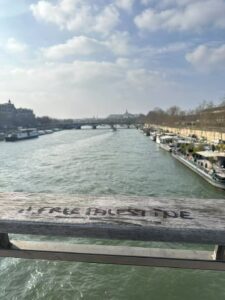
The ideas that emerged from that experience became the foundation for this blog. The conversation in this role-play takes place on that very bridge, where I imagined myself having a dialogue with a critical visitor. I wanted to use this role-play as a way to challenge my own curatorial decisions and step outside of my usual framework. By engaging in this conversation with myself through the visitor’s perspective, I’m able to critically reflect on my exhibition from an outsider’s point of view. This allows me to question my own assumptions—whether the theme of intimacy is too overused, whether the participation elements are too abstract, or if the concept risks being lost in its complexity.
This role-play isn’t just about defending my exhibition choices, but rather about opening myself up to the uncomfortable and often overlooked questions I may have avoided. It’s a way to explore how my exhibition can evolve, pushing it to be more inclusive, more meaningful, and more accessible—both to the audience and to myself as a curator.
Through this exercise, I hope to engage with the work in a way that transcends the typical curatorial mindset and moves towards a more reflective, more liberated approach to art and its power to provoke, challenge, and connect us to the world.
